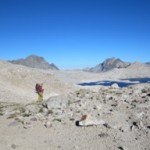 Strong as a boulder, small as a pebble, that’s how I feel after returning from a twenty-day backpacking expedition on the John Muir Trail (JMT) in California. My three trail companions and I hiked over 200 miles from Tuolumne meadows to Mt. Whitney, crossed seven mountain passes over 11,000 feet, and earned a total elevation gain of 46,000 feet during the course of this magnificent, everything-worked-according-to-our-plan trip.
Strong as a boulder, small as a pebble, that’s how I feel after returning from a twenty-day backpacking expedition on the John Muir Trail (JMT) in California. My three trail companions and I hiked over 200 miles from Tuolumne meadows to Mt. Whitney, crossed seven mountain passes over 11,000 feet, and earned a total elevation gain of 46,000 feet during the course of this magnificent, everything-worked-according-to-our-plan trip.
Even though there are enormous health benefits to daily load-bearing exercise, drinking 2-3 liters of water and massive bowel elimination, it was being in the mountains that felt most therapeutic. Most of our days were spent in dry sunny high alpine zones where we walked by pristine lakes and rivers, through boulder fields, talus slopes and scattered granite outcroppings while mountains, dramatic rock cathedrals, either surrounded or beckoned us forward on our southward route.
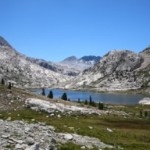 Of course, it was physically rigorous, and consumed all my attention, to climb and then descend the switchbacks on every mountain pass. Each step up the mountain, the rarified air, brought me closer to the dizzying cerulean blue sky and dazzling panoramic views. It’s the kind of high one can’t get from smoking or imbibing; elevation elation comes from hard-core effort. However, the subjective significance of all my efforts shrunk to pebble size compared to the import of the geologic forces that both built and eroded the Sierra Nevada mountain range. It was obvious: me, my time on earth is puny; I too will erode. My insignificance in the scheme of things wasn’t a negation of my existence, just a perfectly calibrated dose of reality, and that is exactly the kind of medicine the mountains delivers.
Of course, it was physically rigorous, and consumed all my attention, to climb and then descend the switchbacks on every mountain pass. Each step up the mountain, the rarified air, brought me closer to the dizzying cerulean blue sky and dazzling panoramic views. It’s the kind of high one can’t get from smoking or imbibing; elevation elation comes from hard-core effort. However, the subjective significance of all my efforts shrunk to pebble size compared to the import of the geologic forces that both built and eroded the Sierra Nevada mountain range. It was obvious: me, my time on earth is puny; I too will erode. My insignificance in the scheme of things wasn’t a negation of my existence, just a perfectly calibrated dose of reality, and that is exactly the kind of medicine the mountains delivers.
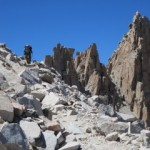 Being in this vast sparse rocky land, I found the spaciousness and silence in myself to safely make my way without much self-commentary given how the wilderness wholly absorbed me. I spent entire days observing the shifts in light, the pecular and wonderful rock formations, the coursing of water through streams, the emerald and turquoise lakes populated by trout, and the ever changing vantage points which convinced me that I was beholding the most beautiful sight in my entire life, only to cancel that thought ten switchbacks later when I would again be forced by sheer awe to make that proclamation all over again.
Being in this vast sparse rocky land, I found the spaciousness and silence in myself to safely make my way without much self-commentary given how the wilderness wholly absorbed me. I spent entire days observing the shifts in light, the pecular and wonderful rock formations, the coursing of water through streams, the emerald and turquoise lakes populated by trout, and the ever changing vantage points which convinced me that I was beholding the most beautiful sight in my entire life, only to cancel that thought ten switchbacks later when I would again be forced by sheer awe to make that proclamation all over again.
Now as I re-enter my life in Seattle, I am not just noticing natural beauty in my surroundings, I am stopping more regularly, and opening up space and time in myself to really experience it. This morning as I stood in my kitchen washing dishes, I looked out to the backyard and observed water evaporating and swirling into an ethereal mist off our canvas chairs from the previous night’s rain; pausing, I engaged in this very quiet transitory moment. Allowing myself more time to concentrate on each moment as it arises requires an internal stillness. My mentors, the mountains, modeled how to hold steady and poised while in the flow of changing life conditions.
Having had the good fortune to traverse the John Muir Trail, I feel inspired to stay on the trail, continuing to take one step after the next.
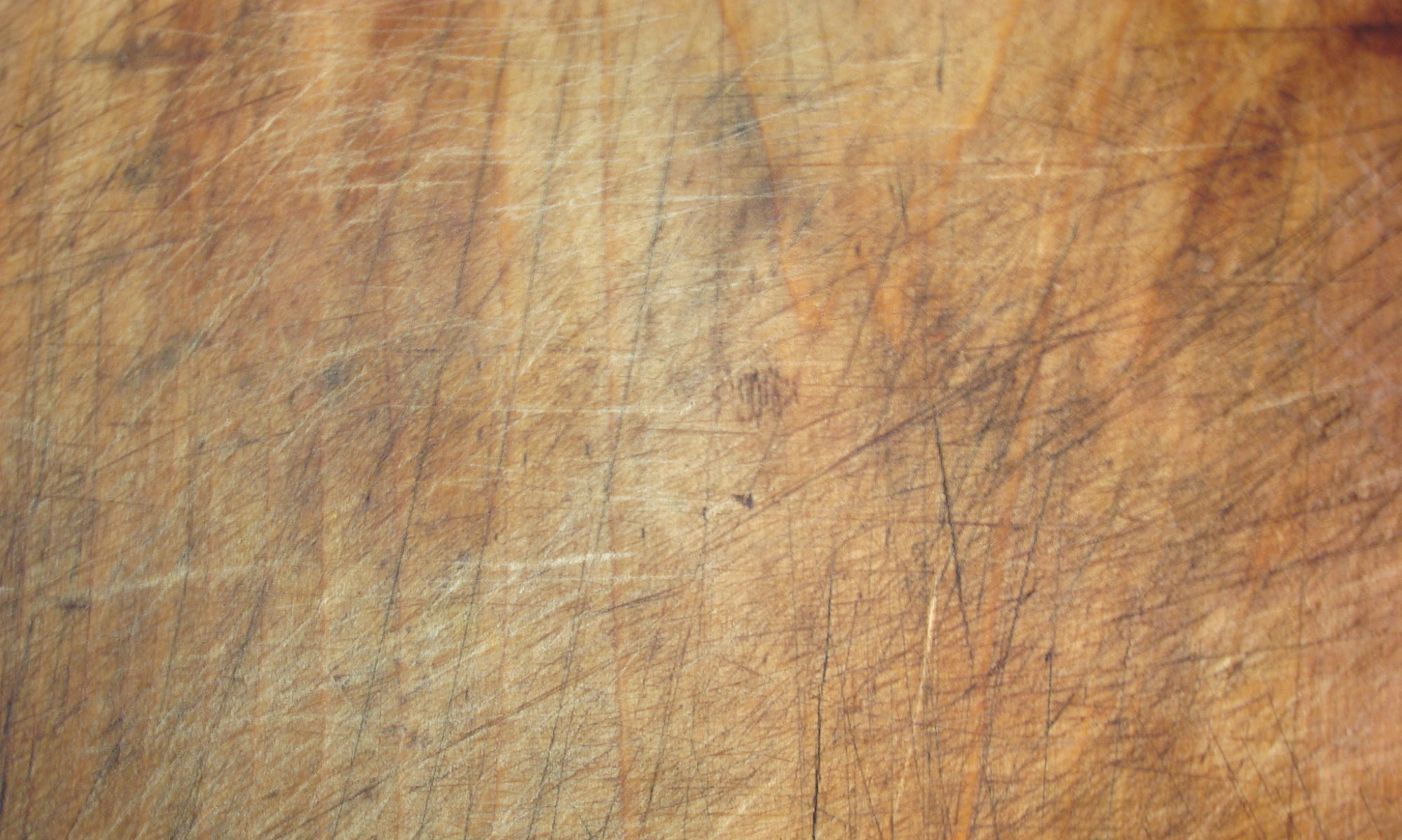


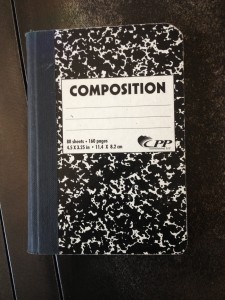 I went to my GP, Dr. William Shaul, at Group Health today. As we sat together discussing my current concerns in the exam room, he, sitting on the black stool in a pink-stripped shirt, was, as I have come to expect, very attentive. Even though he was trying to get a read on my issues, I couldn’t resist diagnosing him. You see, he is a heart type in Chinese Medicine, with the classic physical characteristic of a round, bald head and red tinged skin; however, the warmth in his eyes and genuineness in his laughter is what really gives his elemental type away. Just as I get his type, he gets mine. I’m the kind of patient who is primarily interested in practicing self-trust when it comes to dealing with my health issues. Respectfully and tactfully, he offers suggestions, tests, and diagnostic scans but doesn’t judge me for not choosing them. Or when I do, he promptly facilitates their procurement. After he thoroughly and expeditiously handles all the medical business, he usually asks me for the real tell, “So, what books are you reading these days?” And, that’s when we get down to the business of talking about our real fix: literature. My husband, Craig, on his medical appointments, also shares his own love of books with Dr. Shaul; they, both voracious readers of the same genre of guy-lit, have a lot to discuss on his infrequent visits too.
I went to my GP, Dr. William Shaul, at Group Health today. As we sat together discussing my current concerns in the exam room, he, sitting on the black stool in a pink-stripped shirt, was, as I have come to expect, very attentive. Even though he was trying to get a read on my issues, I couldn’t resist diagnosing him. You see, he is a heart type in Chinese Medicine, with the classic physical characteristic of a round, bald head and red tinged skin; however, the warmth in his eyes and genuineness in his laughter is what really gives his elemental type away. Just as I get his type, he gets mine. I’m the kind of patient who is primarily interested in practicing self-trust when it comes to dealing with my health issues. Respectfully and tactfully, he offers suggestions, tests, and diagnostic scans but doesn’t judge me for not choosing them. Or when I do, he promptly facilitates their procurement. After he thoroughly and expeditiously handles all the medical business, he usually asks me for the real tell, “So, what books are you reading these days?” And, that’s when we get down to the business of talking about our real fix: literature. My husband, Craig, on his medical appointments, also shares his own love of books with Dr. Shaul; they, both voracious readers of the same genre of guy-lit, have a lot to discuss on his infrequent visits too.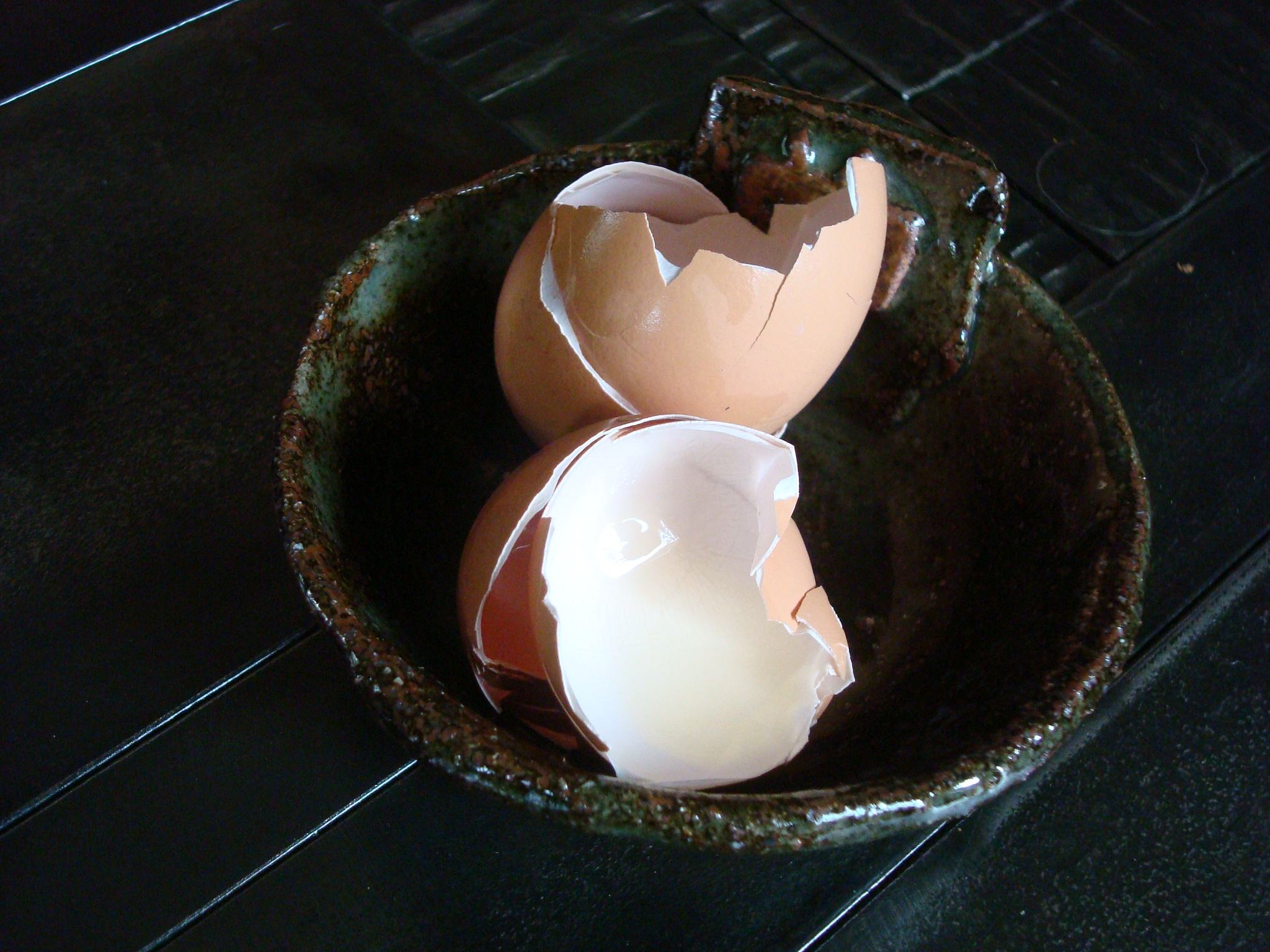
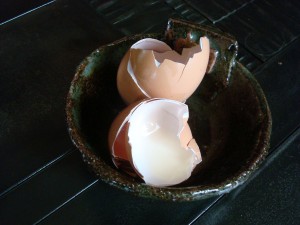
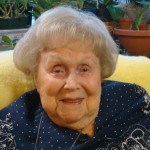
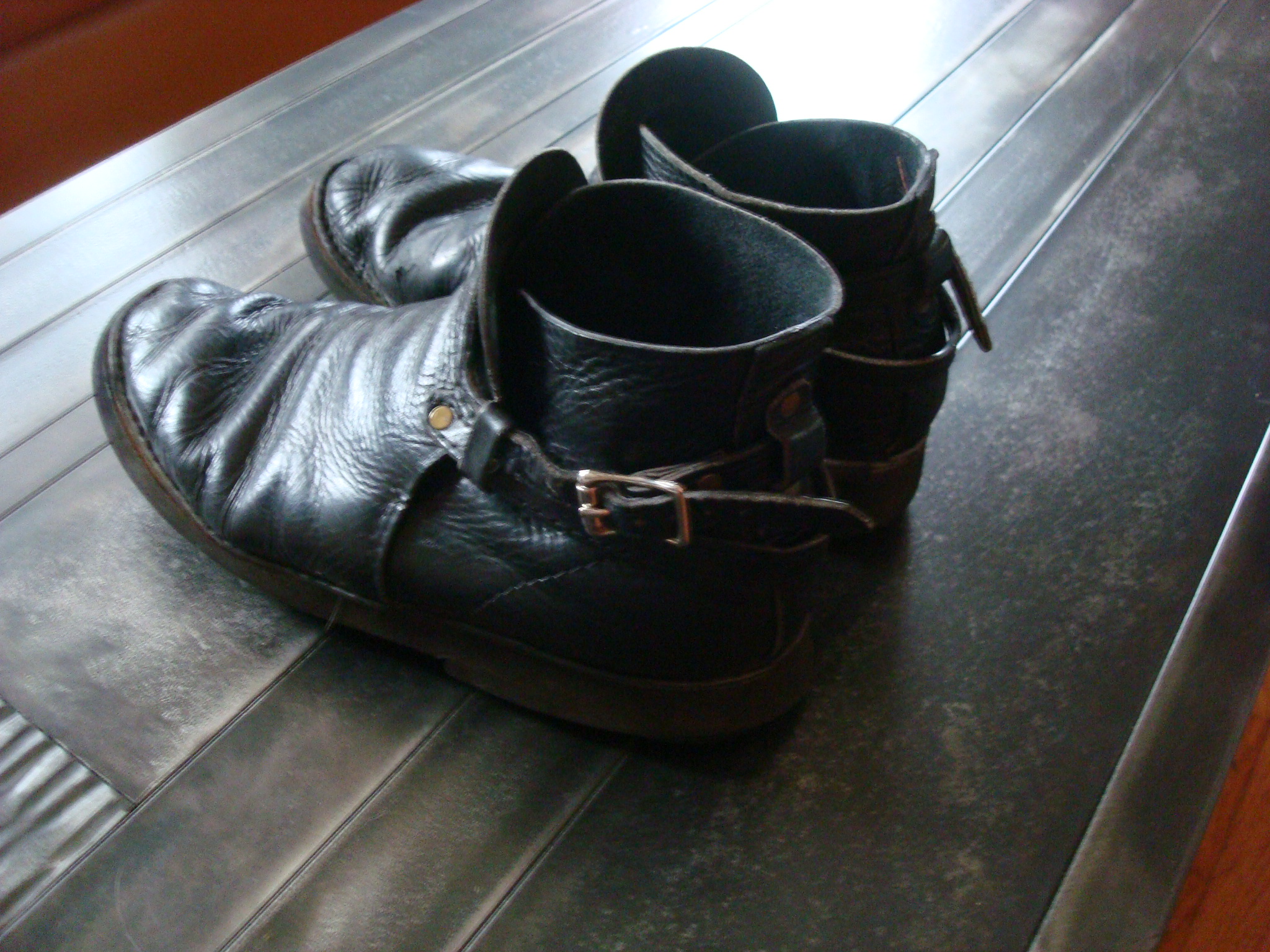
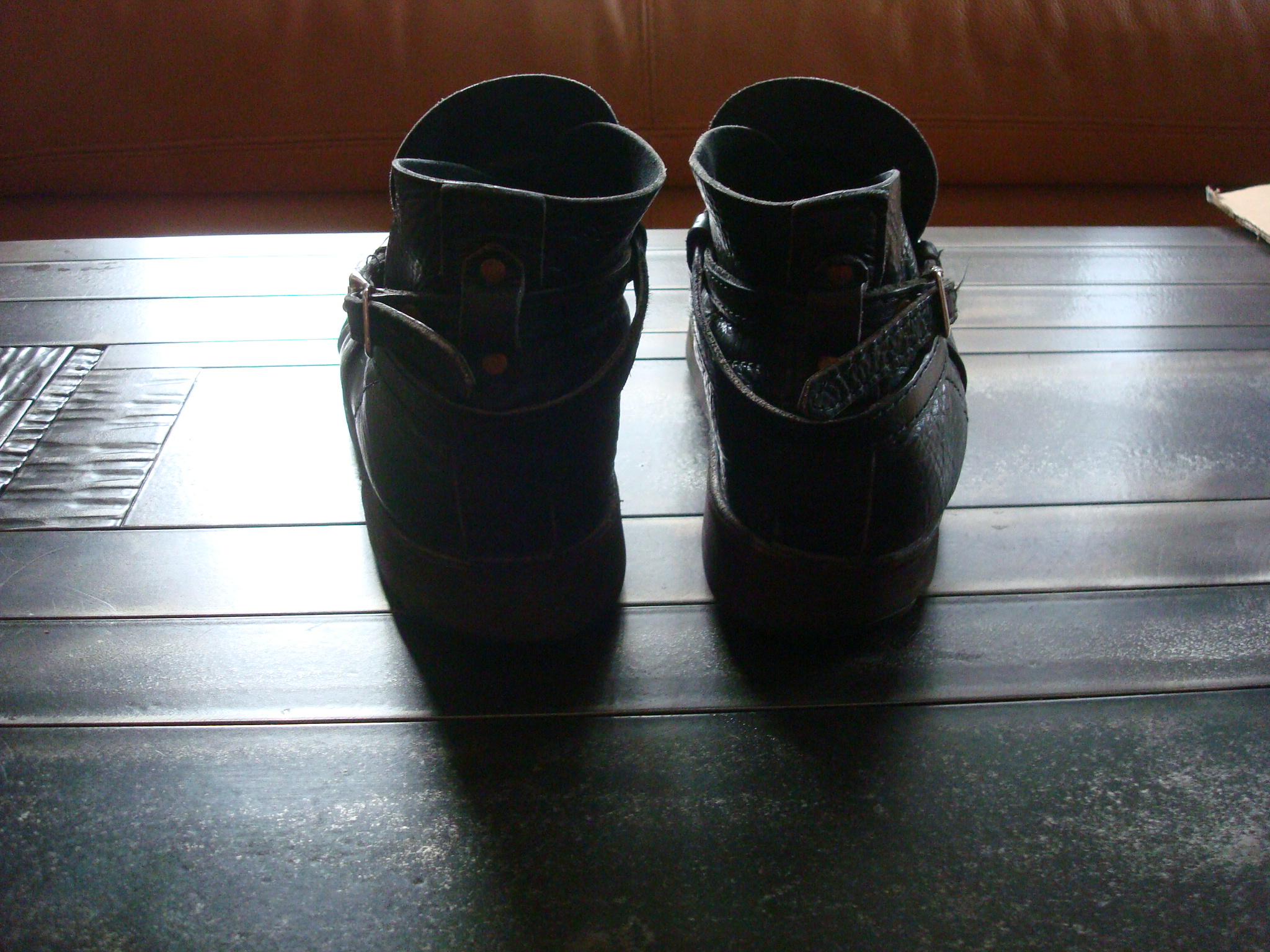

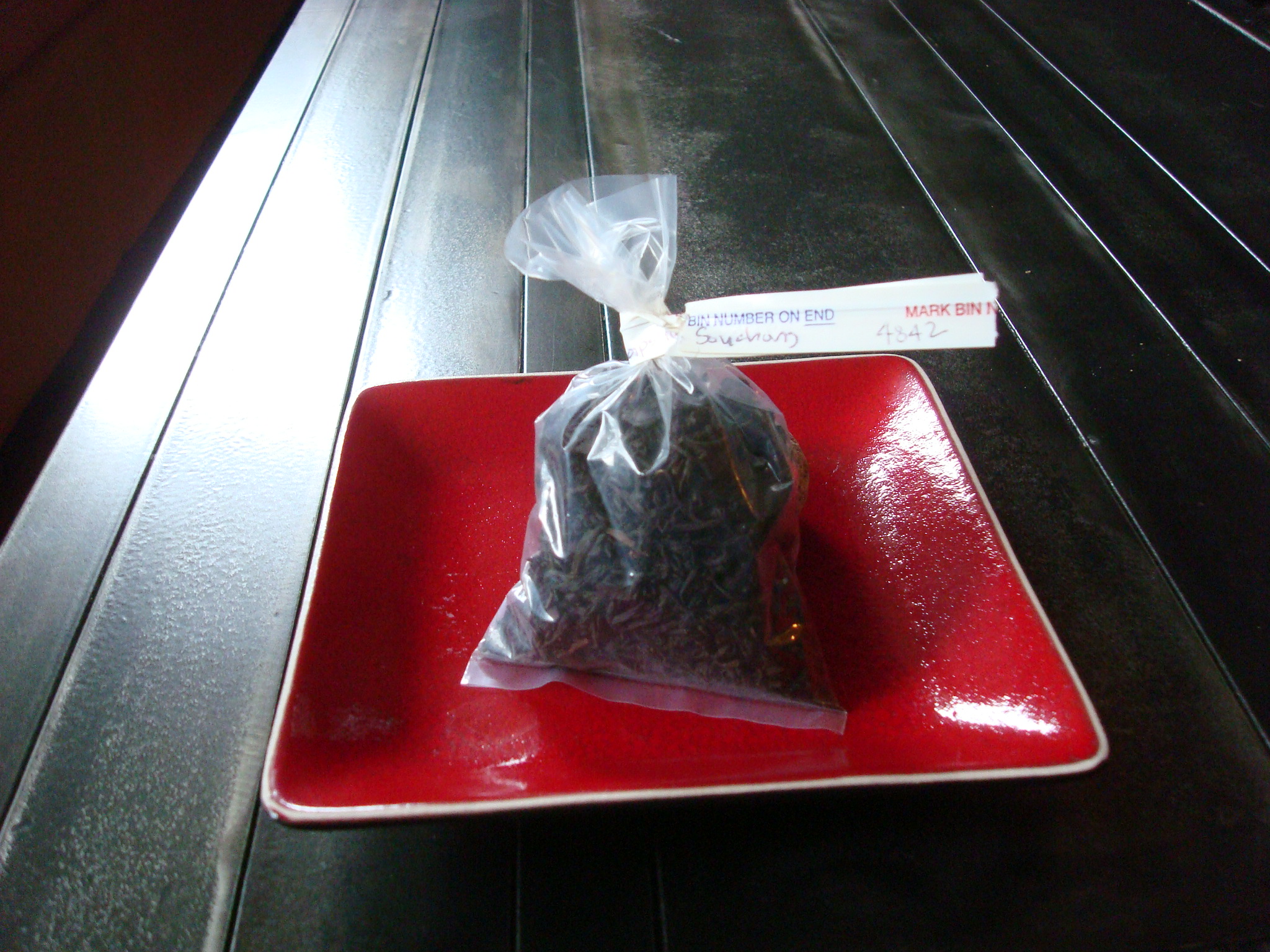
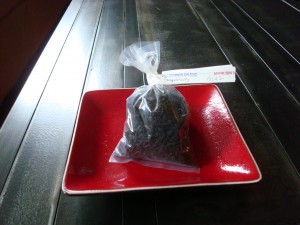
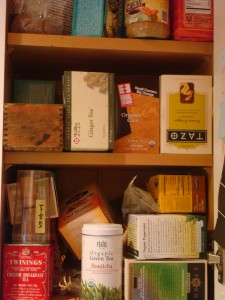

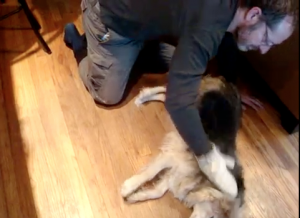
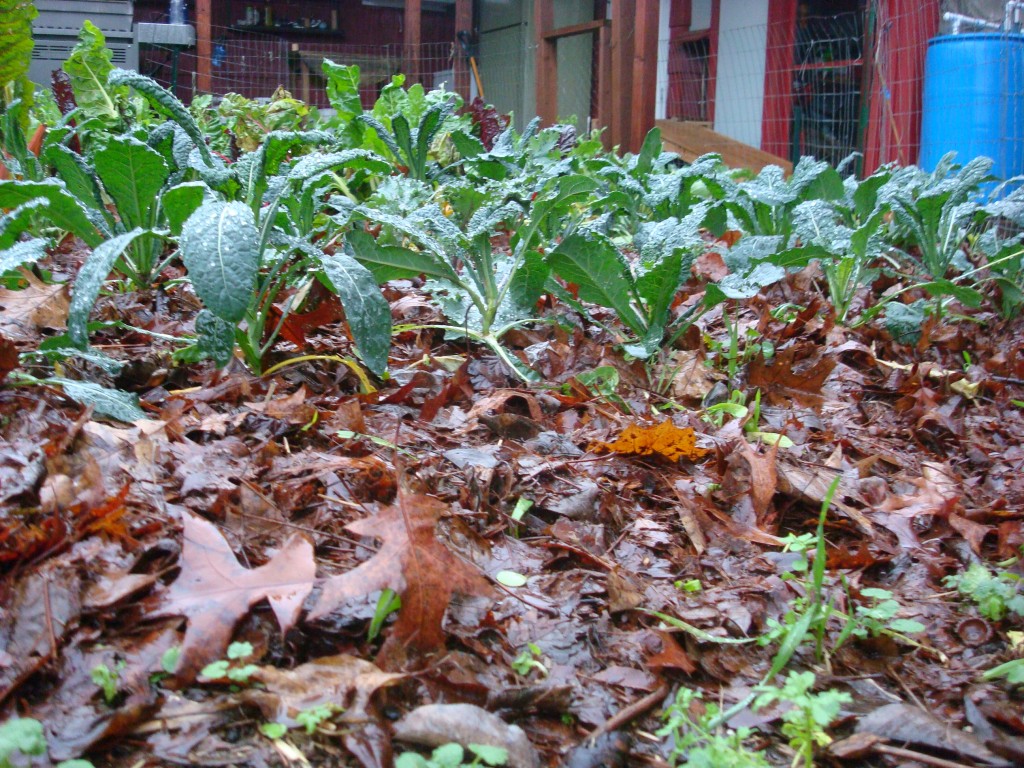
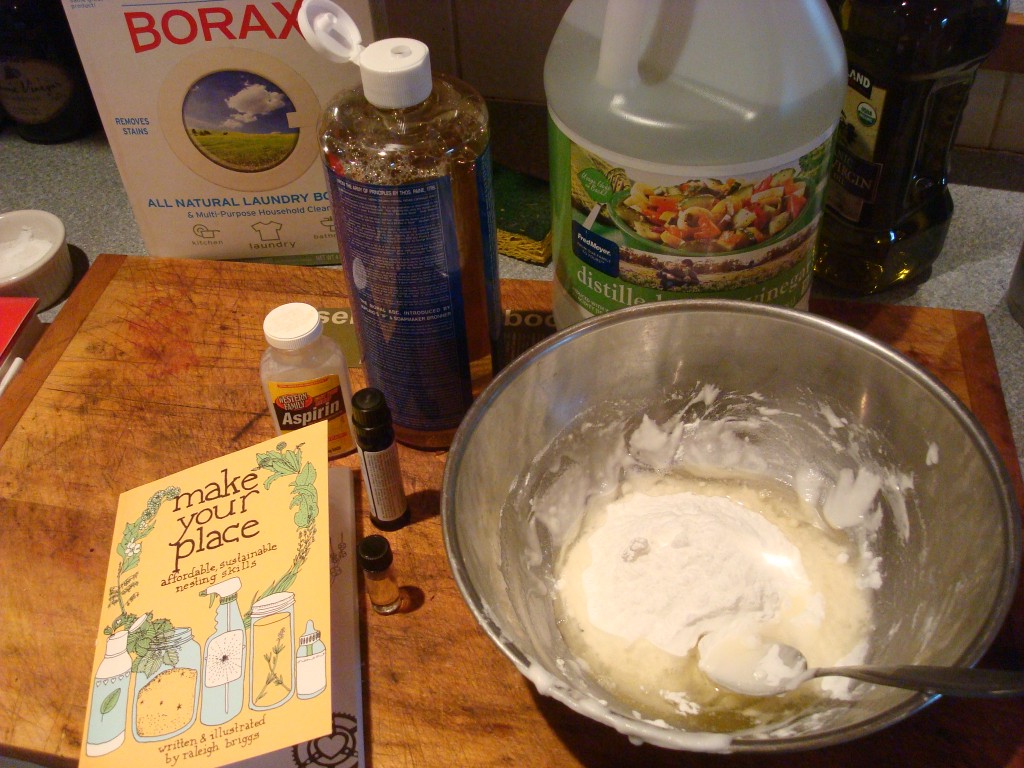

 Southend Sake for sale this Saturday (Dec. 8th) at the Rainier Beach Community Club Holiday Bazaar located at VFW, 6038 S. Pilgrim Street, Seattle, 10a.m.-2p.m.
Southend Sake for sale this Saturday (Dec. 8th) at the Rainier Beach Community Club Holiday Bazaar located at VFW, 6038 S. Pilgrim Street, Seattle, 10a.m.-2p.m.